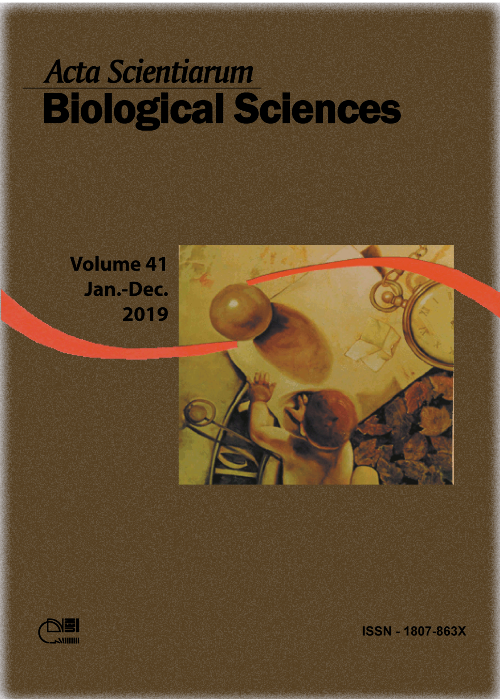Insights into multiple use water enterobacteria from the Brazilian semi-arid: the first approach by pyrosequencing
Abstract
Thousands of people living in semi-arid regions face problems of drought and loss of water quality. In addition, high incidence of acute diarrheal diseases related to water consumption has been responsible for a high number of deaths and high economic costs for human health. Many of the diseases can be caused by the presence of enterobacteria in reservoirs that serve for multiple purposes. This study aimed to confirm the presence of potentially harmful bacteria, which was highlighted in other articles, and to reveal non-identified genera by culture-dependent methods and pyrosequencing. Twenty-three genera of the Enterobacteriaceae family were detected, with emphasis on Escherichia genus and confirmation of the presence of species such as Salmonella enterica and Enterobacter cloacae. The abundance of heterotrophic prokaryotes and the physical and chemical data show an expected average for this type of environment due to the numbers historically presented in previous articles. The unprecedented detection of the presence of some potentially pathogenic species can alert and raise awareness of the populations that use stored water in the semi-arid regions. Consequently, as a result of the peculiar characteristics of reservoirs under this climate influence, there is a cosmopolitanism of enterobacteria that may be related to the alarming numbers of infections from Waterborne Diseases.
Downloads
DECLARATION OF ORIGINALITY AND COPYRIGHTS
I Declare that current article is original and has not been submitted for publication, in part or in whole, to any other national or international journal.
The copyrights belong exclusively to the authors. Published content is licensed under Creative Commons Attribution 4.0 (CC BY 4.0) guidelines, which allows sharing (copy and distribution of the material in any medium or format) and adaptation (remix, transform, and build upon the material) for any purpose, even commercially, under the terms of attribution.
Read this link for further information on how to use CC BY 4.0 properly.












1.png)




3.png)













